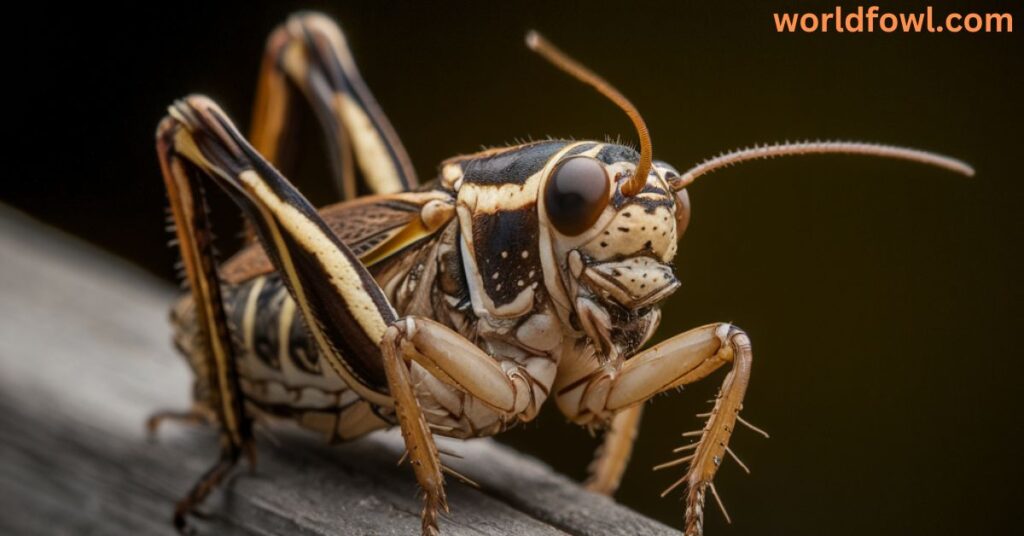Crickets, with their characteristic chirping, are often associated with the tranquility of the night. They create an almost soothing background noise, especially in warm weather. But while their chirping may sound charming, it also raises a lot of questions, especially when it comes to the idea of whether crickets attack humans. Could these harmless insects potentially pose a threat to us? Are they dangerous, or are the fears surrounding them simply the result of myths and misconceptions? In this in-depth article, we’ll examine the truth behind the question: Do crickets attack humans? We’ll explore the natural behavior of crickets, their role in the environment, and address the common myths that surround them. By the end, you’ll have a clear understanding of what crickets really do when it comes to humans and whether they should be feared.
What Are Crickets?
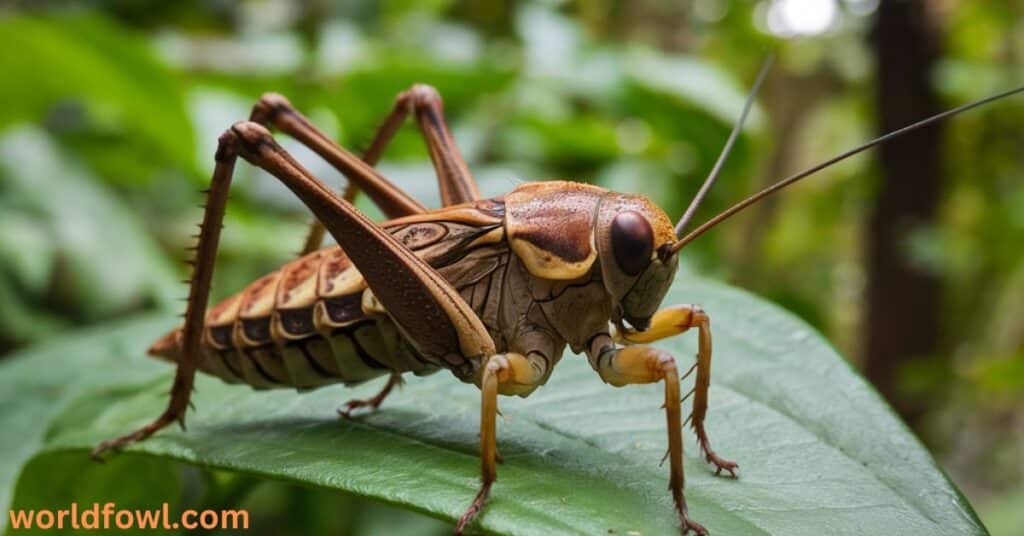
Before diving deep into whether crickets attack humans, it’s essential to understand what crickets are. Crickets are insects that belong to the Gryllidae family, which includes a wide range of species, all of which share certain similarities in their structure and behavior.
Cricket Species and Characteristics
There are many different species of crickets, but they can generally be divided into a few categories:
- House Crickets: These crickets are commonly found in homes, especially in areas where food is abundant. House crickets are often seen around kitchens and basements.
- Field Crickets: Field crickets are typically found in grasslands and forests. They’re known for their dark brown to black coloring and loud, persistent chirping.
- Camel Crickets: These are not true crickets but are often called “crickets” due to their similar body shape. Camel crickets are often found in basements or caves and do not chirp.
Despite the various species, crickets all share some fundamental traits. They typically have long antennae, wings (in many species), and mandibles, which they use for feeding. They are omnivores and feed on organic material, including decaying leaves, other insects, and plant matter. Crickets are also famous for their chirping, which is produced by rubbing their wings together in a process called stridulation. This sound is used primarily for mating calls and territorial purposes, not for communication with humans.
Cricket Habitats and Natural Behavior
Crickets are nocturnal insects, meaning they are most active during the night. They thrive in dark, humid environments where they can hide during the day and come out to feed at night. Their habitats range from forests, fields, and grassy areas to the cracks and crevices found in our homes.
In the wild, crickets play a vital role in the ecosystem. They help break down organic material, serving as recyclers of plant and animal matter. Additionally, crickets are an essential food source for other animals, including birds, reptiles, amphibians, and even small mammals. Crickets are often described as beneficial to their environment due to their contributions to insect ecosystems.
While crickets do occasionally wander into homes, their primary goal is survival. They typically seek shelter to escape extreme weather conditions or to avoid predators, rather than seeking out humans. This brings us to the main question: Do crickets attack humans?
See Also : Do Cicadas Attack Humans? Myths vs. Facts
Do Crickets Attack Humans?
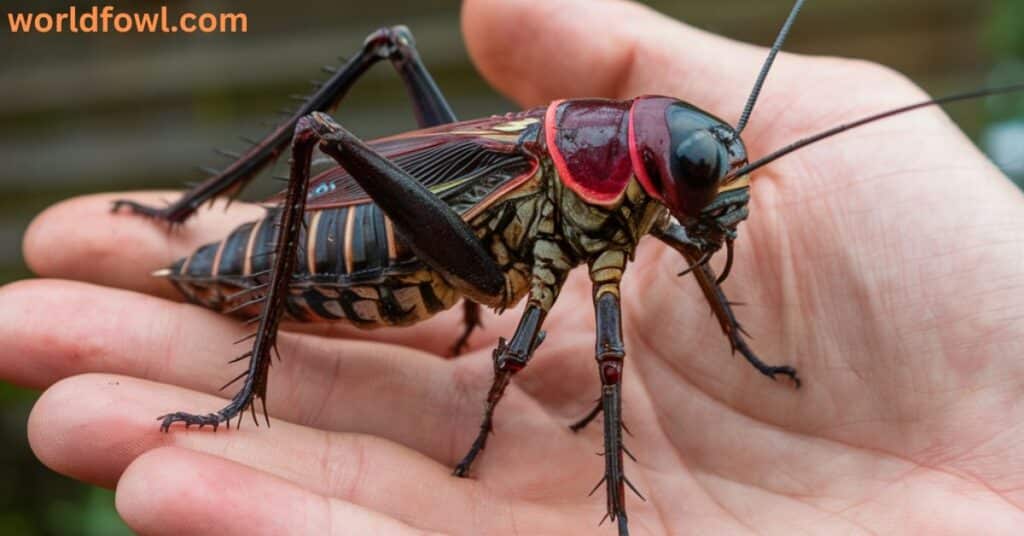
Crickets’ Natural Behavior
The idea that crickets attack humans is a misconception. Crickets are non-aggressive insects, meaning they do not seek out conflict or danger with humans. Their primary instinct is to survive, and they are much more likely to hide than to engage in any sort of aggression.
The natural behavior of crickets revolves around seeking food and shelter. If they encounter humans, they may scurry away to avoid being caught or stepped on. Crickets have no desire to fight; instead, they focus on finding places where they can stay hidden and safe from predators. If a cricket is feeling threatened, it will either hide or attempt to flee, rather than engage in an attack.
Do Crickets Bite Humans?
Another myth surrounding crickets is that they might bite humans. This idea comes from their mandibles, which are designed for chewing food. However, crickets use their mandibles primarily for grinding plant material, not for biting humans. Although it is possible for a cricket to bite if it feels cornered or threatened, these bites are very rare and unlikely to cause any harm.
Crickets’ bites, if they do occur, are more likely to feel like a slight pinch. There’s no venom or harmful substance involved in a cricket bite, and it typically won’t break the skin or cause any lasting damage. The mandibles of crickets are not strong enough to cause injury to humans, especially compared to other biting insects like mosquitoes, ants, or fleas.
Even when handling crickets, it’s unlikely that they’ll bite you. In fact, crickets are more likely to remain still or gently hop away when touched. This makes crickets far less dangerous than other insects that use their mandibles or stingers for defense.
Crickets and Human Interaction
Crickets have a unique relationship with humans, especially in urban areas. While crickets don’t directly interact with people in a harmful way, they are often found in homes due to their preference for dark, warm environments. In many cases, people come across crickets when they hear their distinctive chirping in the middle of the night. While this may be irritating for some, it’s important to remember that the chirping is not a signal of aggression. It’s simply a mating call used by male crickets to attract females.
In terms of human interaction with insects, crickets are among the least likely to cause harm. They are peaceful creatures that do not seek to bite, sting, or attack humans. Their interaction with humans is typically limited to their presence in homes, where they are more of a nuisance due to their chirping than any threat to health or safety.
Comparison with Other Insects
When comparing crickets to other insects, it’s important to note the stark differences in behavior. Unlike mosquitoes, which are known to bite humans to feed on blood, or wasps and bees, which sting as a form of defense, crickets are harmless insects that pose no such threats.
- Mosquitoes: These insects bite humans to feed on blood and can transmit diseases like malaria, Zika virus, and dengue fever.
- Bees and Wasps: Known for their painful stings, these insects use their venomous sting to defend themselves or their colonies from threats.
- Crickets: Crickets, on the other hand, are not aggressive and do not bite or sting humans. They feed on plants and small insects and are not known to transmit diseases. They don’t even use their mandibles for defense in the way that many other insects use their stingers or bites.
This makes crickets significantly less dangerous than other types of insects that humans typically worry about.
See Also : Why Do Bees Attack Humans?
Why Crickets Are Harmless to Humans
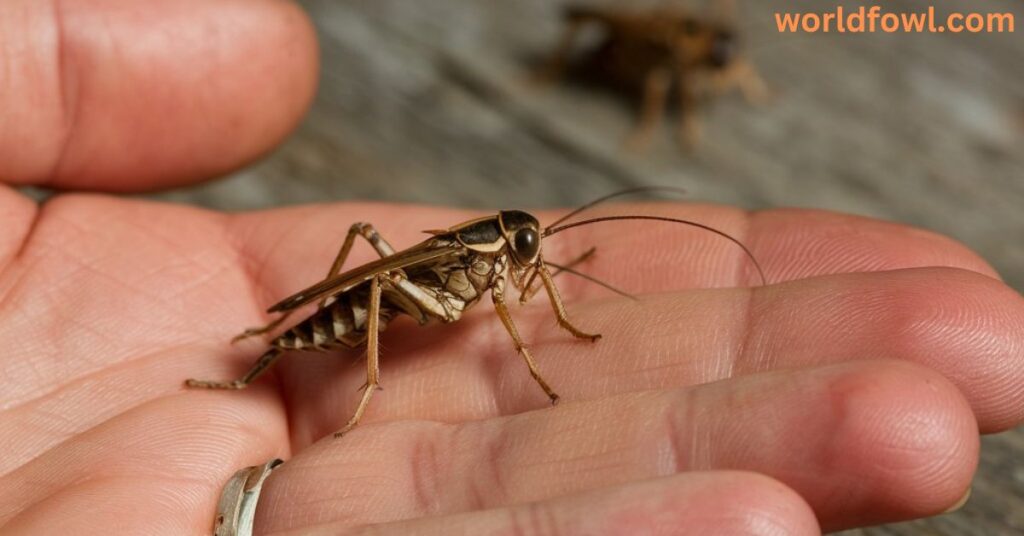
Crickets are incredibly harmless to humans, and understanding why requires a closer look at their physical attributes and role in the ecosystem.
Physical Characteristics
Crickets, despite their somewhat intimidating appearance, are small and weak in terms of physical ability to cause harm. Their mandibles are small and not designed for biting anything larger than soft plant material or smaller insects. While some species of crickets, like the house cricket, can be found in homes, they don’t have any biological reason to attack humans.
- Size: Crickets are generally small, with most species ranging between 1 to 3 inches in length. Even the larger species of crickets, such as field crickets, are not large enough to be considered a serious threat.
- Defensive Mechanisms: Unlike stinging insects, crickets don’t have venom or any specialized defenses for attacking predators. They rely on camouflage and flight to escape danger.
Role in the Ecosystem
Crickets play a vital role in insect ecosystems by helping to break down organic matter, such as leaves and decaying plant material. They act as decomposers, returning nutrients to the soil. Crickets are also a food source for a variety of animals, including birds, frogs, and even small mammals.
Their ecological importance extends beyond their immediate environment. By maintaining healthy ecosystems, crickets contribute to the balance of nature and even play a role in pest control. Crickets are harmless to plants, and they don’t damage crops or cause destruction to the environment, unlike other pests.
Do Crickets Carry Diseases?
Unlike mosquitoes, ticks, and other insects that are known to carry diseases, crickets do not pose a threat to human health. Crickets have no venom and are not known to transmit any pathogens. They do not carry diseases like Lyme disease, malaria, or Zika virus, which are transmitted by other insects. Crickets are clean insects that do not pose a risk to humans in terms of disease transmission.
When to Be Cautious Around Crickets
While crickets are harmless insects, there are a few situations where caution is warranted. For example, if you have an allergy to crickets, their presence in your home may cause discomfort. Additionally, if crickets are feeding on plant material, they could pose a nuisance to gardeners.
Here are some common scenarios where you might need to exercise caution:
- Allergies: In rare cases, people who are allergic to insects may have a mild reaction to crickets. This could include sneezing, rashes, or respiratory issues, although these cases are uncommon.
- Indoor Infestations: If crickets invade your home in large numbers, their persistent chirping can become a nuisance. While they do not cause damage, their noise can disrupt sleep, especially in the summer months.
- Handling: When handling crickets for use as pet food or as part of indoor pest management, take care not to get bitten accidentally. However, remember that a cricket bite is typically not harmful.
See Also : Do Praying Mantis Attack Humans? Praying Mantis vs. Humans!
Myths and Misconceptions About Crickets
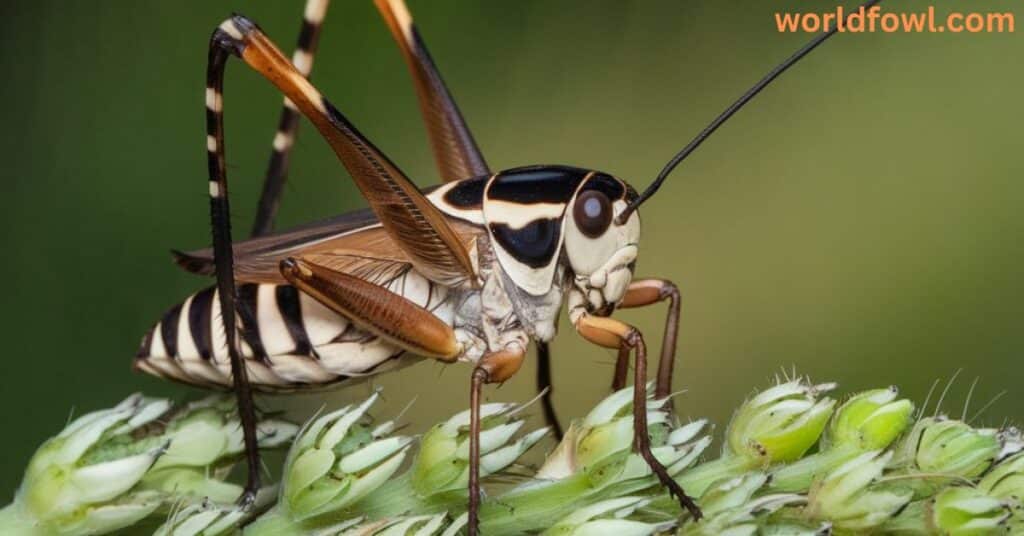
Myth 1: Crickets Are Aggressive and Will Attack Humans
This myth stems from fear and misunderstanding. Crickets are non-aggressive insects and will not attack humans. Their primary mode of survival is avoidance, not aggression.
Myth 2: Crickets Carry Diseases
Again, this myth is unfounded. Crickets do not carry diseases that can affect humans. They are safe to have around and are not vectors for harmful bacteria or viruses.
Myth 3: Crickets Can Cause Serious Damage to Homes and Property
Crickets are not destructive creatures. While they might cause minor irritation by chirping indoors, they do not damage furniture or structures like termites, rodents, or other pests.
Myth 4: Crickets Chirp to Warn or Attack
The chirping sound that crickets produce is a natural behavior tied to mating and territory, not a signal of aggression. The chirping serves a biological purpose, not a defensive one.
Final Verdict: Do Crickets Attack Humans?
After a thorough examination, it’s clear that crickets do not attack humans. These creatures are non-aggressive insects with a primary instinct to hide and flee when threatened. They do not bite, sting, or carry diseases, and they play an important role in the ecosystem by decomposing organic matter and providing a food source for other animals.
Crickets may occasionally be a nuisance due to their chirping, but they are harmless to humans. In fact, they are more beneficial than they are harmful, making them an important part of our natural world.
FAQs
Do Crickets Carry Diseases?
No, crickets are not known to transmit any diseases to humans. They are clean insects and do not serve as vectors for illness.
Can Crickets Damage Property?
Crickets do not damage property. Their feeding habits do not affect the structures or furnishings in homes.
Why Do Crickets Chirp?
Crickets chirp to attract mates and mark their territory. The chirping is a mating call and is not related to aggression.
Are Crickets Dangerous to Pets?
No, crickets are harmless to pets. In fact, many reptiles and birds enjoy eating crickets as part of their diet.
How Can I Keep Crickets Out of My Home?
To prevent crickets from entering your home, seal cracks, use screens on windows, and reduce outdoor lighting that attracts them.
Conclusion
The question, “Do crickets attack humans?”, is best answered with a simple no. Crickets are harmless creatures that are more likely to flee from humans than engage in any form of aggression. Understanding their behavior and ecological role helps debunk the myths and misconceptions surrounding them. So, the next time you hear a cricket chirping in the distance, know that it’s just a peaceful insect doing what it does best—surviving and thriving in the natural world.

Henry James is a seasoned blogger and a passionate storyteller on “World Fowl.” With years of experience crafting engaging content, he brings a unique blend of expertise and creativity to his writing. Henry specializes in exploring diverse topics with depth and clarity, captivating readers worldwide.

